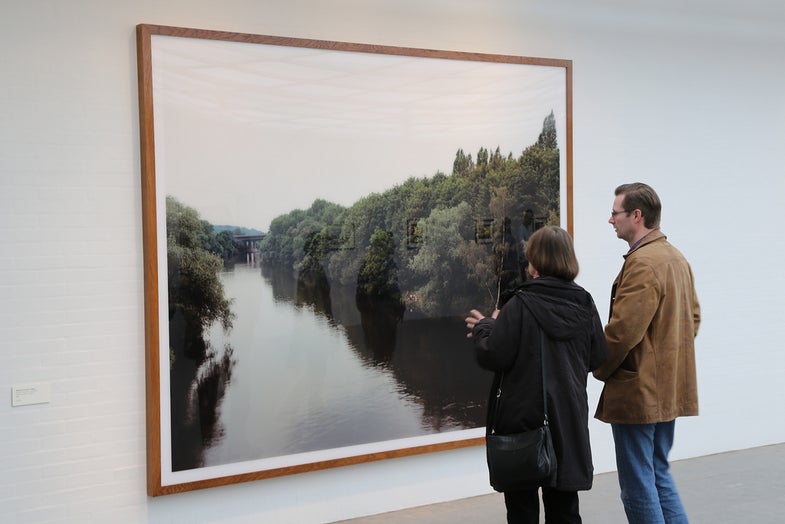Museums Are Still Wringing Their Hands Over Photography’s Importance
It’s kind of amazing to me that there is still a reason for an article like this in the New...

It’s kind of amazing to me that there is still a reason for an article like this in the New York Times in 2013: Entitled “The Lens Rises In Stature,” it’s an overview of how museums around the country are taking photography more seriously as a legitimate art form.
If the dateline here was 1964, then I wouldn’t be surprised. For so many decades since its modern era began in the early 20th century, photography had been looked down upon by the people in charge of defining what is and isn’t important art for the public. Photography was long seen as something requiring no special artistry or technique–at least when compared to painting and sculpture. Its commercial availability to everyone was seen as a liability.
But clearly, this is what makes photography the most interesting 21st-century visual art form of all. For 20 odd years now, photography’s accessibility has extended well beyond production to include instant, worldwide publication via the internet. As photography becomes more and more democratic—not even democratic, just plain essential to daily life around the world, the richer it becomes as a form of human expression.
So yes, I agree somewhat with MoMA’s new photography curator Quentin Bajac as quoted in the NY Times piece noting the flood of images online, and seeing his role as helping people “learn to swim” in that flood. But his next thought seems to me completely opposed to this point. Apparently the MoMA’s current one-man “monographic” show on Bill Brandt (see our preview of this show here) isn’t what Bajac is looking for in the long run:
“I’m thinking of photography within a far broader context — with film and painting, architecture and drawing — making connections that show it to be equal in status with all the arts.”
Really? People need to see photography next to painting, architecture and drawing to realize its “status” in their lives, or even in the art world itself? In 2013? Of the visitors to Bajac’s galleries, I would guess the number of people who have created a painting, drawing or piece of architecture that same day is less than five percent. Probably closer to zero. But people who’ve created a photograph that day?
It’s also worth pointing out that the NY Times piece is concerned largely with museums. In the gallery world, this old-world view is fading—or depending on who you talk to, has been eliminated completely. Photography sells, of course. And in a completely informal survey of the NYC art gallery listings I’ve read in the last six months (take the New Yorker’s Goings On About Town section, for instance), an overwhelming majority of the featured gallery write-ups include photography in some form. It’s almost a surprise to see something that’s not photography.
So while many museums continue to wring their hands over what to do with this pesky photography thing, the rest of the world continues to adopt it not only as a form of artistic expression, but a primary way of interacting with society and culture as a whole. When will it end?